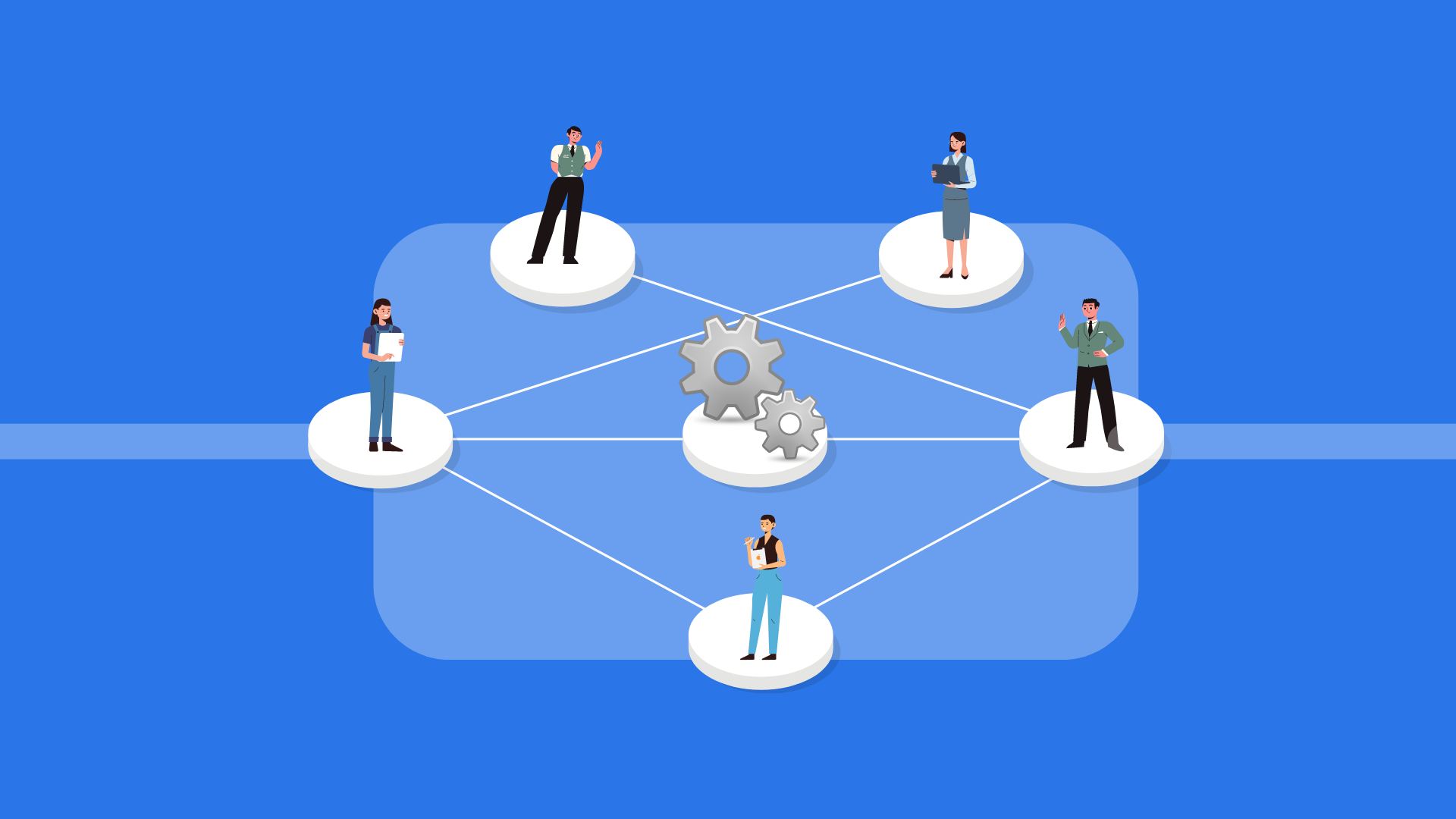Generate and scale business value through future-proof technology

- 16 February 2023
- Blog
- 0 Comments
Future-proofing your business is essential for surviving and thriving in the face of rapid technology development, ever-changing business needs, and challenges such as pandemics, economic crises, and natural disasters.
Today, customers are familiar with digital technology, hence, they expect a seamless experience. They receive information faster through online chatbots such as ChatGPT. Therefore, only a future-proofed digital transformation strategy can create sustainable customer engagement.
“Renewables are the only path to real energy security, stable power prices and sustainable employment opportunities.” the UN Secretary-General says. He outlines Five Critical Actions to be considered in prioritizing and speeding up the transformation of the energy systems to renewable energy – “because without renewables, there can be no future.”
Investing in renewable energy sources can help you thrive in the energy crisis, and reduce your carbon footprint
Table of Contents
- Future Proofing Digital Transformation
- Mapping Key Business Drivers to Architectural Decisions
- Defining Roles with Responsibilities and Deliverables
- Adopting Emergent Architecture
- Adopting a Flexible Development Process and Culture
- Making Best Practices Prevalent
Future Proofing Digital Transformation
Mapping Key Business Drivers to Architectural Decisions
Coming up with a business case to develop application architecture competencies is challenging unless the benefits are expressed in business terms that resonate with senior leadership. Thus, architects have a predominant role to play in identifying future-oriented business opportunities in unfolding business sectors.
The expedition starts with considerably small, agile teams. The team should select the right stakeholders to work with, in developing the business cases. Then experiments with new technologies should be carried out until they hit a tipping point where business value is generated and scaled.
In this process, they need to analyze the emerging trends as well as their future. The Futures Wheel is a tool with which they can develop graphical visualizations of future occurrences by analyzing the consequences of trends and events.
Defining Roles with Responsibilities and Deliverables
In some organizations, one individual performs multiple roles and therefore shares multiple responsibilities. This practice is common in solution, enterprise, and application architectures. However, business outcomes may suffer as long as the activities and boundaries are not clear.
Therefore, it is critical to have clear definitions, responsibilities, and deliverables, especially for architecture roles, and make sure that each role adds value to the overall objective.
Adopting Emergent Architecture
Customer expectations change rapidly in digital business. Therefore, a competition forms to attract more customers as soon as possible. To be successful in this competition of facilitating ever-changing customer expectations, application architecture should provide enough room for incorporating just-in-time requirements as well as architectural sketches to guide development, which is an emergent architecture.
Adopting a Flexible Development Process and Culture
The development processes and the organizational culture should be changed accordingly to support the emergent application architecture to derive the desired scalability and agility.
For example, switching from a monolithic to a microservices architecture would necessitate effective DevOps techniques and the formation of vertically integrated, multidisciplinary teams with a track record of delivering quickly in each cycle.
Agile processes and culture boost productivity, continuous improvement, and speed to enter the market. Hence the organization should embrace agility in future proofing the business.
Research shows that building and agile culture is way more difficult than adopting agile processes. McKinsey says in Doing vs. Being: Practical Lessons on Building an Agile Culture that, “Shifting culture requires dedicated effort. Unfortunately, many organizations on this journey struggle to articulate their aspired agile culture and bring it to life.”.
Making Best Practices Prevalent
Development architects, application developers, and the application leader must work together in making development decisions. Make adequate knowledge-sharing platforms and opportunities available for a seamless application infrastructure.
The architect group and digital team are becoming obsolete concepts. Knowing the trend, the application leader should develop communities to share the knowledge.
Related Posts

How to Thrive Tech Talent War in Your Customer Centricity Journey
- Guest Author
- 21 April 2023
Your customer-centricity relies upon being proactive in attracting the right talent, training t ..

Breaking Boundaries: Women in Tech
- Kaveesha Wijesinghe
- 5 March 2024
In the land of technology, where innovation knows no bounds, it’s the women who dare to d ..



